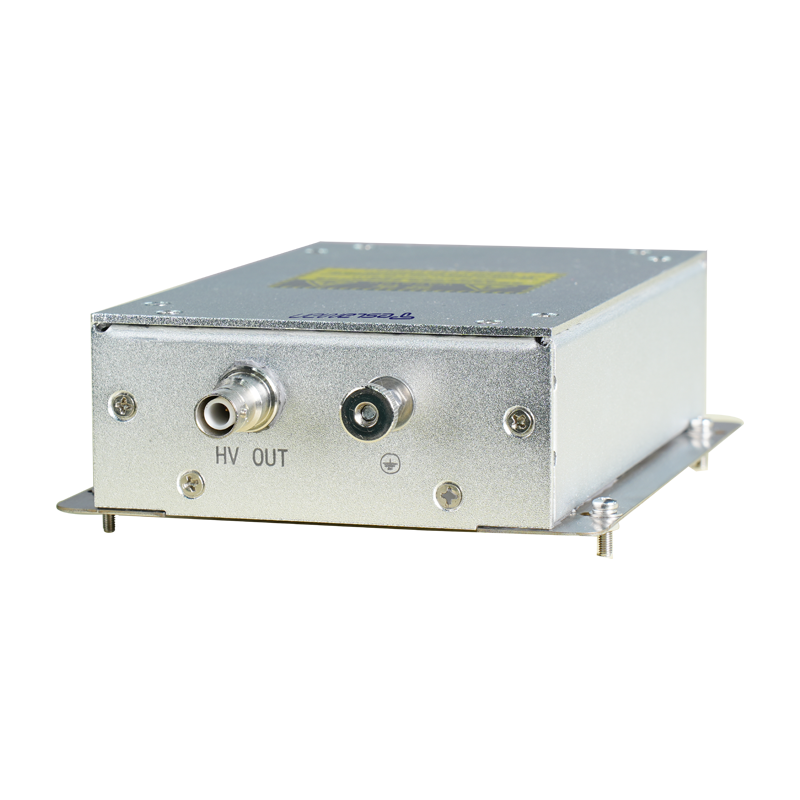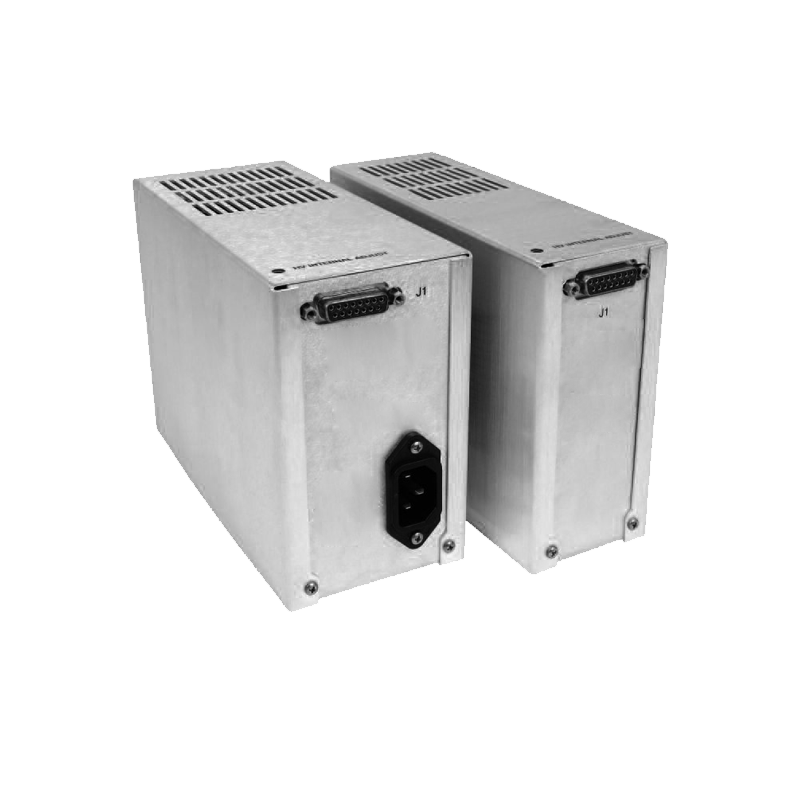Micro-Ripple Minimization Techniques in High-Voltage Power Supplies for Mass Spectrometry
Mass spectrometry demands extreme voltage stability. The accuracy of ion acceleration, focusing, and detection directly depends on the steadiness of applied potentials, typically in the kilovolt to tens-of-kilovolt range. Any voltage ripple translates into kinetic energy spread among ions, causing peak broadening and reduced mass resolution. Therefore, achieving ultra-low micro-ripple in high-voltage power supplies is crucial for high-precision mass spectrometry.
The challenge lies in maintaining ripple levels below a few parts per million (ppm) at high voltage. Noise sources include switching ripple, line fluctuations, temperature drift, and parasitic coupling. To suppress these effects, both passive and active techniques are employed.
A common approach is to combine multi-stage passive filtering with active compensation. LC and RC networks are used to attenuate switching components, while active ripple cancellation circuits generate inverse-phase compensation signals that cancel residual ripple. These circuits measure real-time ripple components and inject corrective current at the output node, reducing noise by several orders of magnitude.
Control loop bandwidth is another critical factor. A high-bandwidth feedback controller rapidly compensates for load-induced or input-induced variations. Combining slow integral correction with fast proportional feedback ensures both long-term drift suppression and short-term ripple minimization. Feedforward paths based on input voltage sensors preemptively correct disturbances before they affect output.
Frequency randomization or spread-spectrum modulation is also used to reduce the prominence of discrete ripple peaks. By varying the switching frequency pseudo-randomly, the energy of switching harmonics spreads across the frequency domain, lowering peak amplitude within any measurement bandwidth relevant to the mass spectrometer.
Thermal stability is another concern. Temperature drift in precision resistors or reference voltages can manifest as low-frequency ripple. Hence, all critical components—voltage dividers, feedback amplifiers, reference circuits—must use low temperature coefficient materials, and the system should maintain thermal equilibrium with active cooling and temperature compensation.
Differential output topologies offer another effective solution. By generating equal and opposite voltages with respect to a floating ground, common-mode noise can be canceled at the load point, effectively halving apparent ripple levels. Shielding and coaxial cabling further prevent capacitive coupling of high-frequency noise into sensitive measurement nodes.
Finally, system-level grounding and shielding strategy must be optimized. The high-voltage power supply, ion source, and detector electronics should be isolated by star-ground topology to avoid ground loops. Cable routing should minimize loop area and cross-talk between high-voltage and signal circuits.
In practice, achieving sub-millivolt ripple at tens of kilovolts requires integrating all these techniques—multi-stage filtering, active cancellation, frequency modulation, thermal stabilization, and electromagnetic shielding. The resulting power supply forms the electrical backbone of high-resolution mass spectrometers, ensuring precise ion optics control and consistent analytical performance over long operational cycles.




















